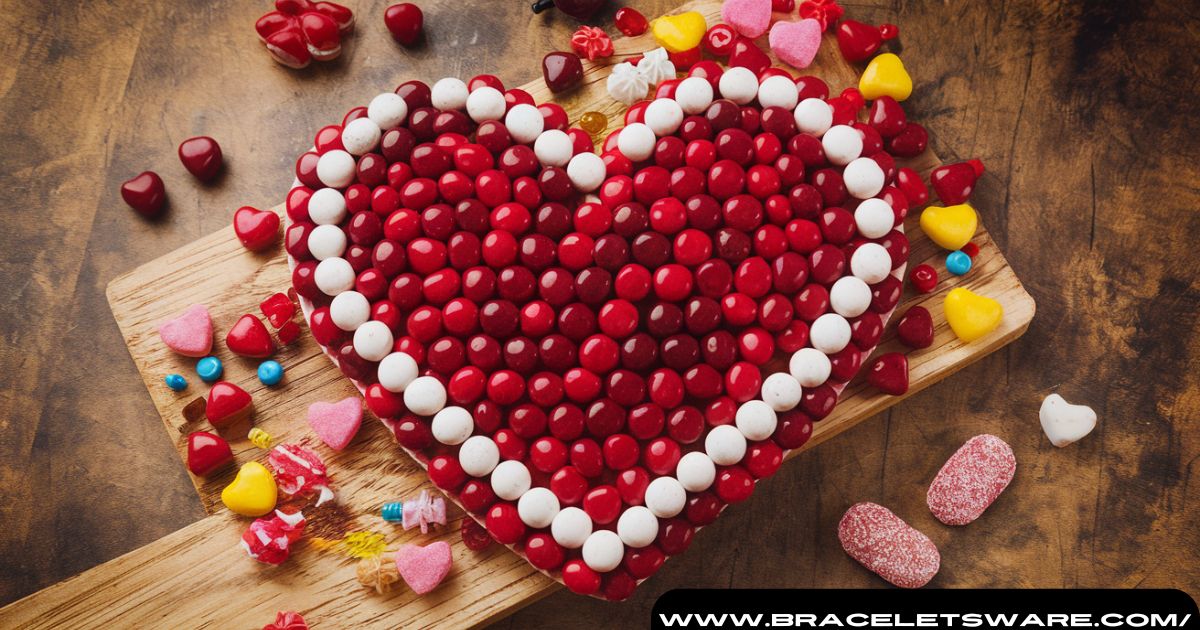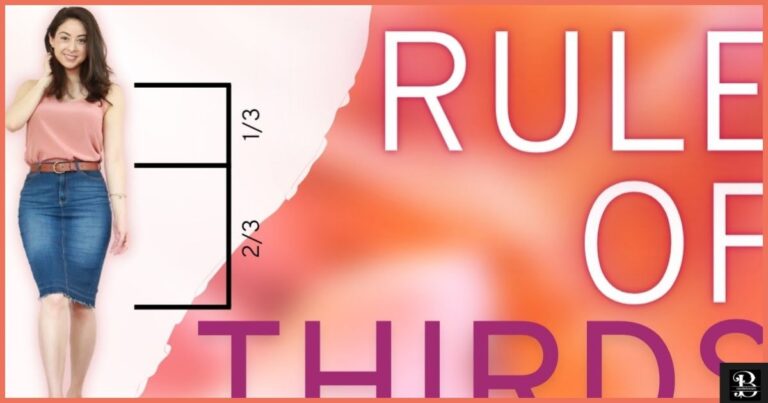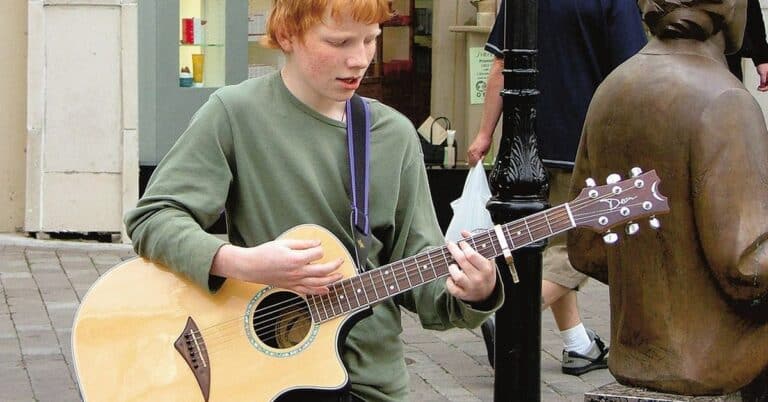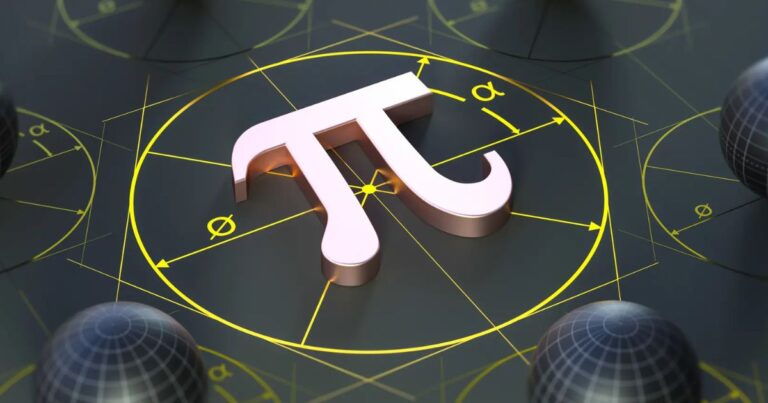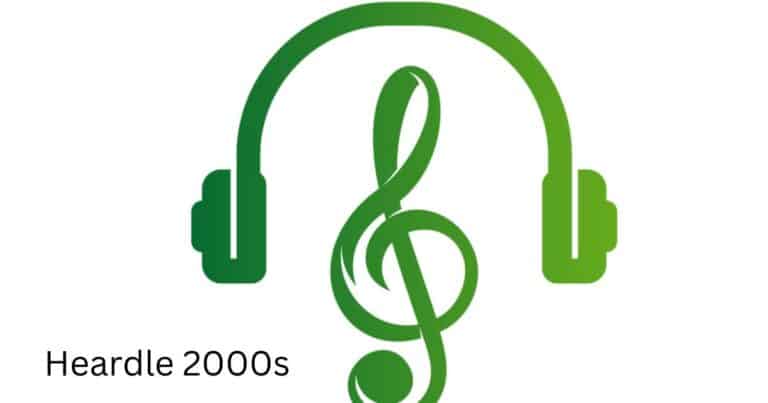Drawing:yw-tzomiaao= heart Innovative Line Art
Drawing:yw-tzomiaao= heart offers a glimpse into a unique and captivating piece of art. This artwork stands out with its intriguing style and emotional depth. Dive into the visual narrative and discover what makes it so compelling.
Introduction to Drawing:yw-tzomiaao= heart
“Drawing: yw-tzomiaao = Heart” explores the fusion of abstract and emotive art. This piece uses bold lines and vivid colors to symbolize the complex nature of human emotions. The heart, central to the composition, serves as a metaphor for love and vulnerability, inviting viewers to connect deeply with their own feelings. Through this drawing, the artist creates a powerful visual dialogue about the human experience.
Basic Techniques for Drawing:yw-tzomiaao= heart
Classic Heart Shape
The classic heart shape is a staple in drawing, known for its simple yet powerful symbolism. To draw this, start with a basic outline by sketching two curves that meet at a point. Ensure the curves are symmetrical to create a balanced heart. Use light, even strokes to refine the shape, adding shading or color as desired. This approach focuses on capturing the traditional heart form, ideal for conveying straightforward, universal emotions.Drawing:yw-tzomiaao= heart.
Geometric Heart Design
For a geometric heart design, incorporate precise shapes like triangles, rectangles, or polygons to construct the heart. Begin by sketching a symmetrical outline and then fill it with geometric patterns. This method emphasizes structure and design, creating a modern and abstract interpretation of the heart. The use of clean lines and shapes adds a unique, stylized element to the artwork, often used to convey a more analytical or contemporary feel.
3D Heart Drawing
A 3D heart drawing adds depth and dimension to the traditional heart shape. Start by sketching the basic heart outline, then add perspective lines to create the illusion of volume. Focus on shading to highlight the contours and edges, giving the heart a realistic, three-dimensional appearance. This technique enhances the emotional impact by making the heart appear as if it’s emerging from the page, adding a dynamic and engaging quality to the artwork. Drawing:yw-tzomiaao= heart.
Advanced Techniques for Drawing:yw-tzomiaao= heart
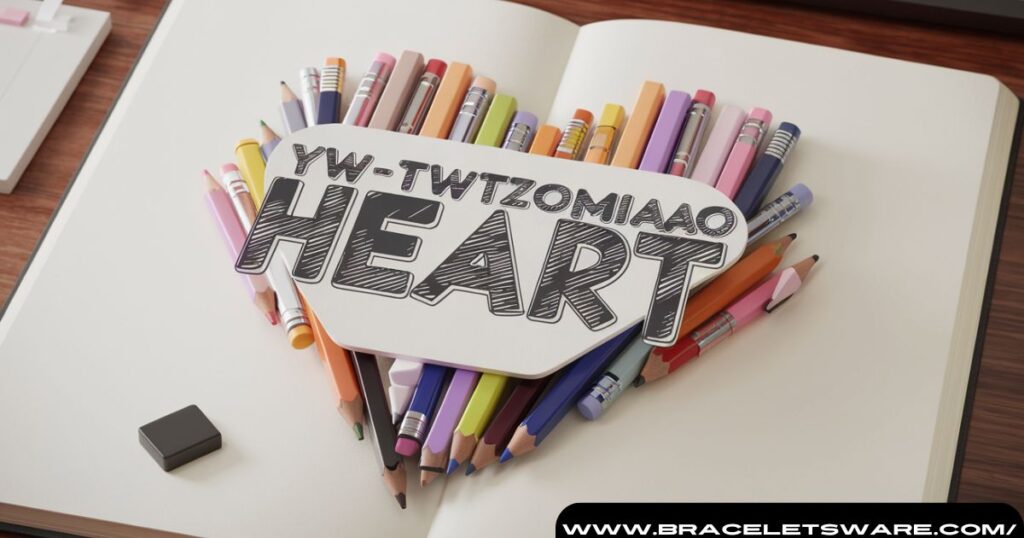
Abstract Heart Art
Abstract heart art moves beyond traditional representations to explore emotional and conceptual depth. This technique involves deconstructing the heart shape into fragmented forms, bold colors, or unusual textures. Embrace artistic freedom by playing with shapes, lines, and patterns to express complex emotions and ideas. Abstract hearts often convey deeper, personal interpretations, allowing viewers to engage with the artwork on a more subjective level.
Mixed Media Heart Drawing
Mixed media heart drawing combines various artistic materials to create a rich, textured piece. Start with a basic heart sketch and then incorporate materials like watercolor, ink, collage elements, or pastels. Layering different media adds depth and complexity, producing a multifaceted and visually stimulating artwork. This approach enhances the heart’s symbolism by integrating diverse textures and colors, making the piece more dynamic and engaging. Drawing:yw-tzomiaao= heart.
Heart Mandalas
Heart mandalas blend the symbolic nature of hearts with intricate mandala patterns. Begin by drawing a heart shape at the center, then radiate detailed geometric or floral designs outward. This technique emphasizes symmetry and balance, resulting in a visually harmonious piece. Heart mandalas can represent unity, love, and the interconnectedness of emotions, offering a meditative and visually pleasing approach to heart art.
Creative Ideas for Drawing:yw-tzomiaao= heart
Heart in Nature
Integrating hearts into natural settings creates a unique fusion of organic beauty and symbolic meaning. Imagine a heart shape formed by intertwining branches, blooming flowers, or cascading waves. This approach blends the symbol of love with the elements of nature, producing a harmonious and visually captivating artwork. By embedding the heart within natural landscapes, you can highlight themes of growth, connection, and the beauty of the natural world.
Heart Portraits
Heart portraits combine the traditional heart shape with human or animal figures to create compelling and personalized art. Incorporate hearts into facial features, expressions, or clothing to convey emotional depth and character. This technique allows for a creative exploration of identity and feeling, turning the heart into a central element of the subject’s story. It offers a fresh perspective on portraiture, blending symbolism with realism.
Interactive Heart Art
Interactive heart art invites viewers to engage with the piece in a dynamic way. This can include elements like movable parts, touch-responsive features, or augmented reality. For instance, a heart drawing with layers of transparent paper that can be shifted to reveal hidden details or messages adds an engaging, tactile dimension. Interactive elements make the artwork more immersive, encouraging viewers to explore and connect with the heart’s symbolism on a deeper level.
Tips for Improving Your Drawing:yw-tzomiaao= heart
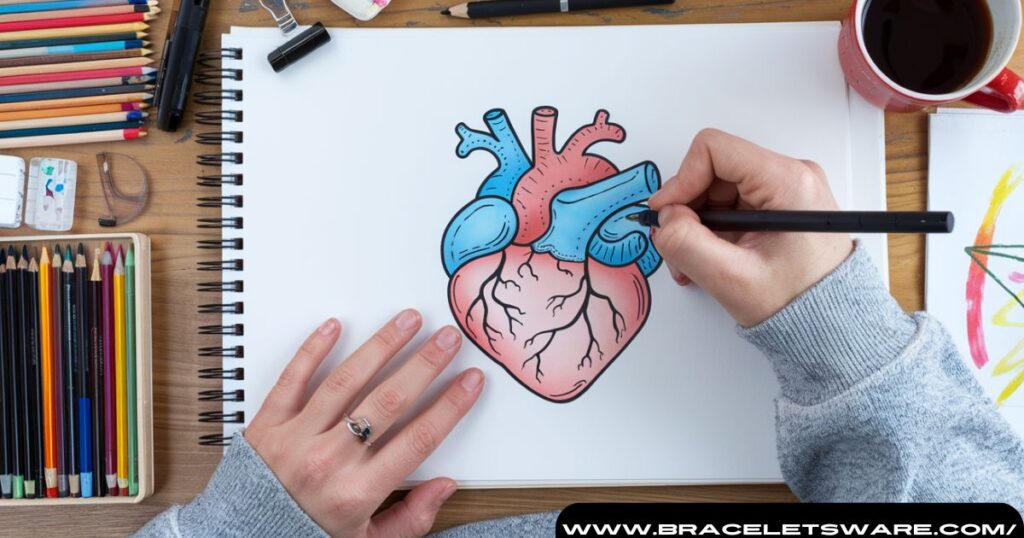
Practice Proportions
Accurate proportions are crucial for a realistic heart drawing. Start by sketching a basic outline, focusing on the symmetry of the curves and the balance between the top lobes and the point. Use reference images to help with proportions and ensure your heart shape is both visually appealing and anatomically correct. Practice drawing different sizes and styles to refine your skills.
Experiment with Shading
Effective shading can add depth and dimension to your heart drawing. Experiment with different shading techniques such as cross-hatching, stippling, or blending to create a three-dimensional effect. Focus on light and shadow to enhance the heart’s contours and give it a more lifelike appearance. Gradual shading can help to highlight areas and create a realistic texture.
Use Different Mediums
Try using various drawing mediums to explore different textures and effects. Pencils, charcoal, ink, and colored pencils each offer unique qualities. For example, colored pencils can add vibrancy and warmth, while charcoal can create dramatic contrasts. Experimenting with mediums will help you find the best fit for your artistic vision.
Incorporate Textures
Adding texture to your heart drawing can bring it to life. Consider incorporating patterns like swirls, cracks, or fabric-like textures to make the heart more dynamic. Textures can convey emotion and add visual interest, making your artwork stand out.
Study Anatomy
Understanding the anatomy of a heart can improve your drawing accuracy. Study the heart’s structure, including its curves and proportions. Knowledge of how the heart looks from different angles will help you create more realistic and compelling artwork.
ALSO READ : memorial jewelry
Seek Feedback and Revise
Don’t hesitate to seek feedback from others or compare your work with reference images. Constructive criticism can provide valuable insights and help you identify areas for improvement. Be open to revising and refining your drawing based on feedback, and practice regularly to enhance your skills.
Conclusion
Mastering the art of drawing hearts involves a blend of practice, experimentation, and understanding. By focusing on proportions, shading, and textures, and by exploring various mediums, you can enhance your technique and create compelling, dynamic artwork. Don’t forget to study anatomy and seek feedback to continually refine your skills. Embrace the creative process and enjoy the journey of bringing your heart drawings to life.

Amara Rosewood, with 8 years of expertise in bracelet design, is the creative force behind BraceletsWare. Her passion and skill converge in each piece, crafting timeless accessories that redefine style.

